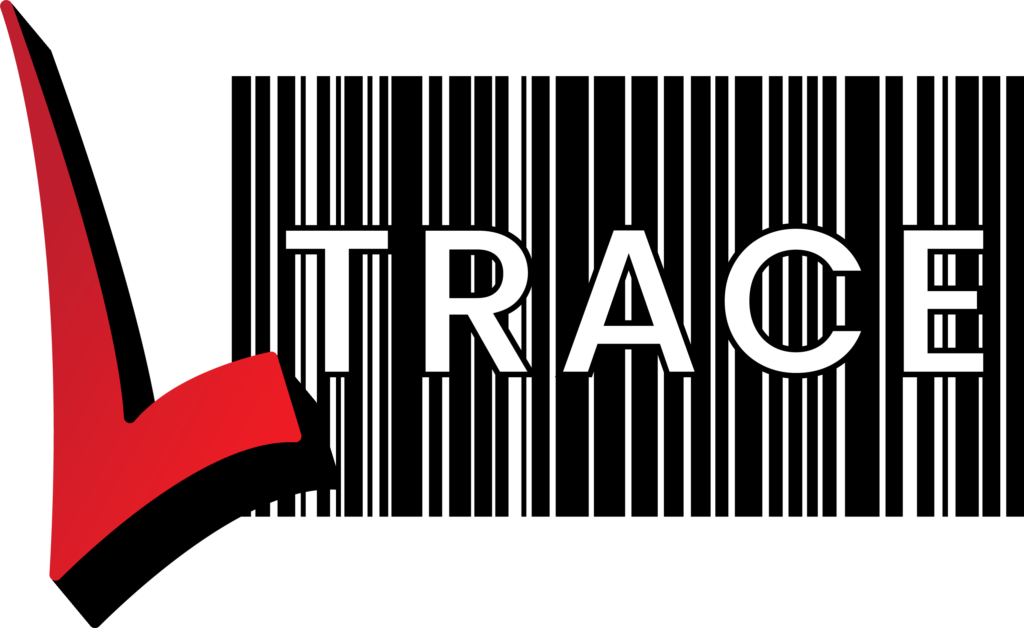Preliminary Stages
Before we officially start the implementation there are a number of things that we try to do to ensure that you get maximum benefit from LTrace.
- Site visit: This helps us understand your site, the layout, any constraints that exist, and to experience first hand any issues you may have.
- Needs analysis: This is really just a fancy way of saying we try to work out what are the problems that you experiencing, and how important it is to fix them. There is no problem that can’t be fixed – it is just a question of time and budget and how important it really is.
- Quote, budget, sign off: All the admin type stuff that is required by the powers that be to fund the project
This is then when the work begins:
- Schedule: A vague time frame for the installation is created. Part of the reason for this post is to help you understand the process so that we can work out what sort of time and resources you want to allocate, and how quickly you want to try and complete each stage.
- Data gathering: This is where you make a list of all the items that you sterilise. For trays, it is ideal if you also gather a list of all the instruments within a tray. For most facilities, this information is found on their count sheets. It is just a matter of making it easy for us to import the information. An Excel spread sheet is typically the answer.
- Photo gathering: Ideally, start to build up a library of images.
Stage 0: Setup
This is typically done by your IT department and us. It involves:
- You provide a database server
- One of us installs or restores a database
- We import all the item and photo data
- Basic information such as users, equipment etc is entered by us
Stage 1: Pack and sterile
Goal: To be printing labels to place on all items as quickly as possible and allocate them to batches
We start in CSSD, with pack. They will receive most of the benefits of the system very quickly.
- Training: All CSSD staff will be introduced to the system and provided an overview of what will happen. Detailed training on the creation of labels and scanning to sterilisers is provided.
- Super user: A couple of key staff members will receive additional training in how to create, edit and remove items etc.
- Identification of all trays: All trays will be uniquely identified within LTrace, and barcoded for future reference. As items rotate through CSSD they will be added to LTrace.
- Labels: As items are wrapped or steripeeled, labels will be printed for the outside.
- Scan: As items are sterilised, they will be scanned to the load, and the load released.
NOTE: It is the site’s decision if they want to immediately stop using the old labelling system.
Stage 3 should not be considered until the majority of items in circulation are labelled within LTrace. For a large hospital at least one month is recommended. For a dental practice one week is recommended.
Optional Stage 2: Transport and store rooms
Goal: To ensure we know where any item is within the facility.
If scanning into store rooms or onto transport trolleys is required, then this can be done as part of either stage 1 or 3. This decision is based on who will be responsible for doing it. If it is CSSD staff, and time permits, then it can be part of stage 1. If other staff are to do it then we recommend leaving it until the next visit.
Stage 3: Theatre
Goal: To allocate items to a patient.
We now change departments and complete the standard process. By scanning to a patient the traceability benefits are achieved.
- Training: All theatre staff will be introduced to the system and provided an overview of what will happen. Detailed training on scanning to a patient is provided.
- Super user: A couple of key staff members will receive additional training in how to reallocate items etc.
- Scanning in theatre: Theatre staff will start scanning items to a patient.
Optional Stage 4: Decontamination
Goal: To scan items to a decontamination load
NOTE: This is outside the standards, but it is arguable that poor decontamination can be more detrimental than poor sterilisation.
We start in CSSD, with pack. They will receive most of the benefits of the system very quickly.
- Training: CSSD staff are shown how to scan to a washer. This process is very similar to scanning to steriliser. There are some difficulties which mean we don’t recommend doing this as part of stage 1. These difficulties are minimised when scanning to the patient occurs.
- Scan to washer: Scanning to a washter commences.
Optional Stage 5: Hardware interfaces
If an interface to the sterilisers or washers is implemented, then it will typically be rolled out as part of stage 1 or 4, or as its own stage.
The main benefit of an interface to the washers or sterilisers is that it slightly simplifies the process and eliminates some potential operator errors.
Additional training and knowledge is required, especially in regards to when something goes wrong, and so we typically recommend that it occurs after the normal process is established.
Optional Stage 6: Financial interface
If an interface to another system, such as the patient management system or financial system, is required then it will be rolled out independently of the main system.
These interfaces are typically fully automated. The rollout focuses on ensuring the reliability and correctness of the information transferred.

